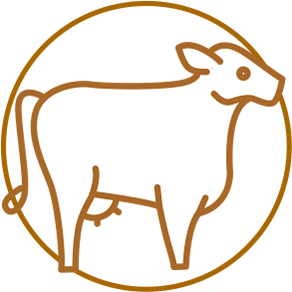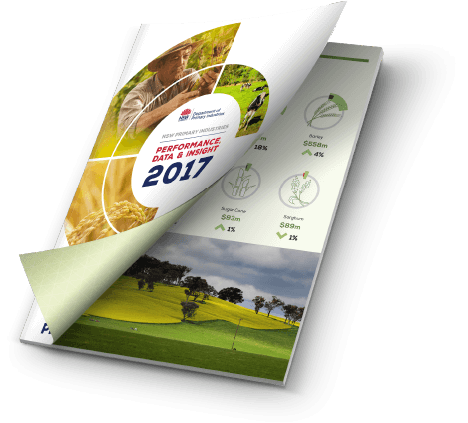Livestock Overview
The estimated combined GVP of NSW livestock and livestock products was $6,339 million up 2% year-on-year and 35% over 3 years. Beef Cattle remained the main contributor to growth with high prices generating the highest fiscal year average on record. Record high prices also pushed the value of the wool industry up 20%.
2016-17 was generally a favourable year for extensive livestock industries. The exceptionally wet and mild winter afforded most with an abundance of fodder over the spring and summer months, facilitating restocking opportunities and generating strong competition between restockers and processors. While record breaking heat was a feature throughout summer, the benefits of the very wet period prior and subsequent feed base enabled producers to manage through the heat. High prices reflected the supply scarcity, with average farm incomes increasing further across all regions of the state.
Intensive livestock industries experienced a more varied year. Milk and pork producers were faced with falling prices, challenging farm productivity, whereas poultry and egg producers benefited from rising domestic and international demand. Input costs were generally lower as grain and water prices fell.


 Cropping
Cropping Livestock
Livestock Horticulture
Horticulture Wine Grapes
Wine Grapes Forestry
Forestry Fisheries
Fisheries

